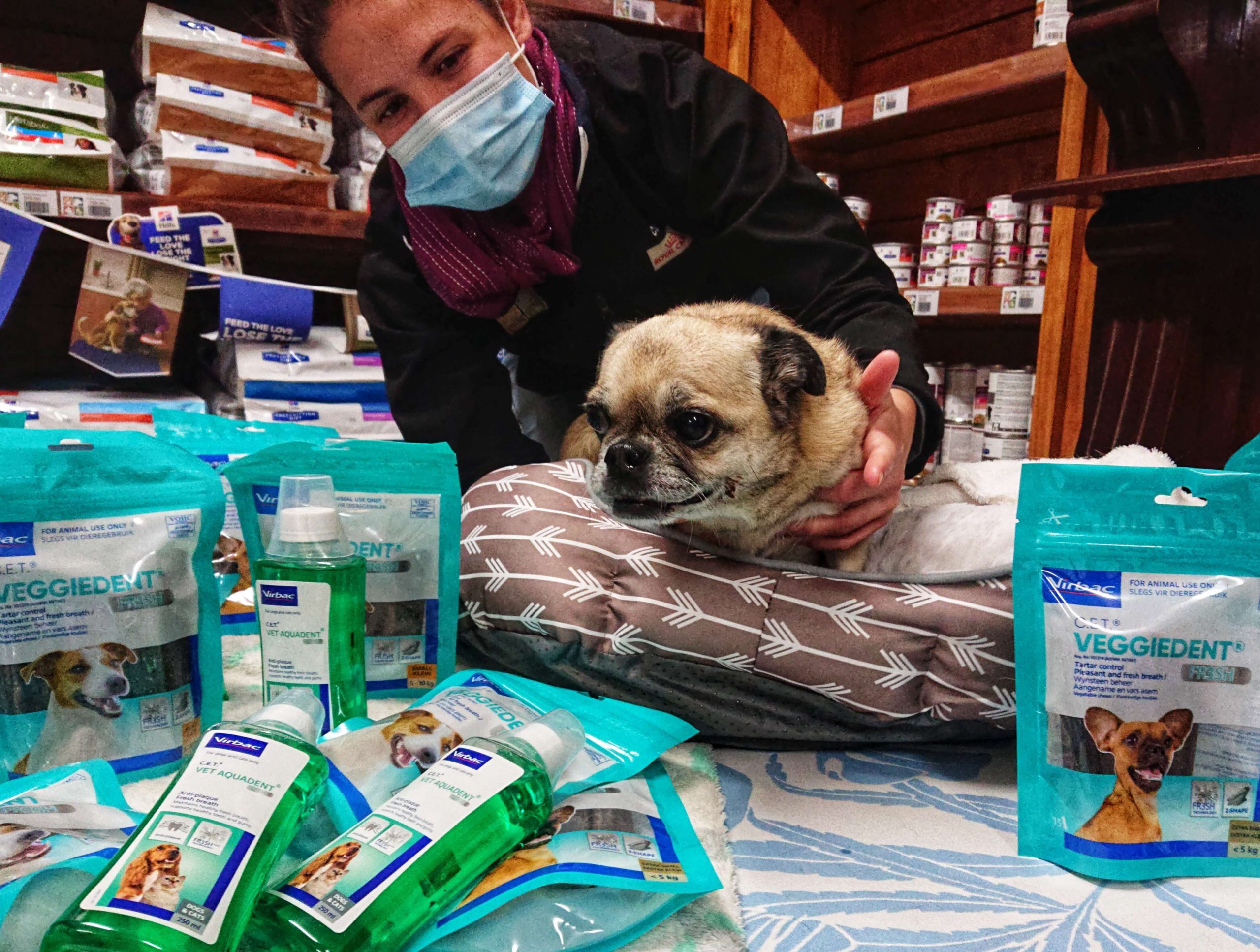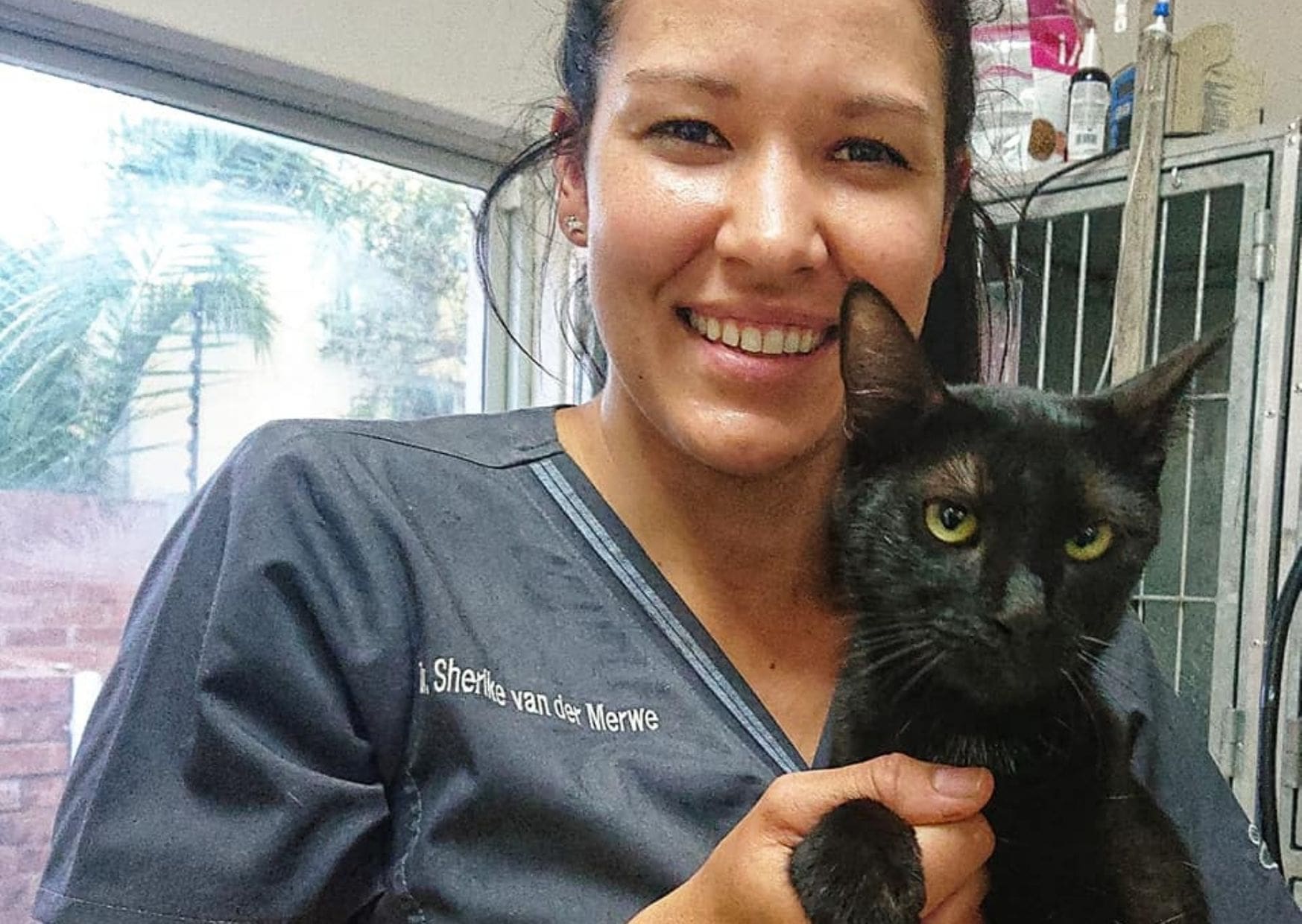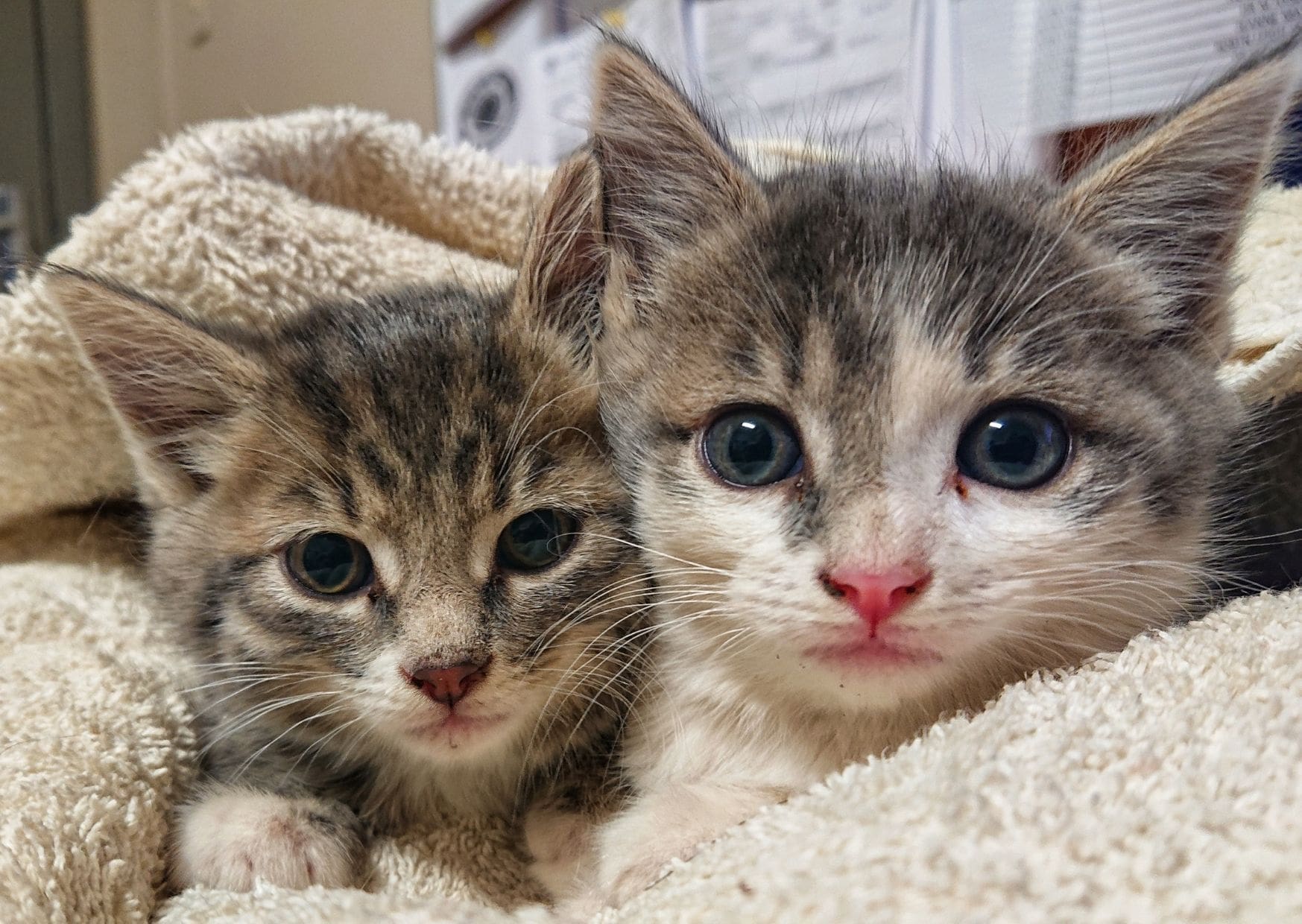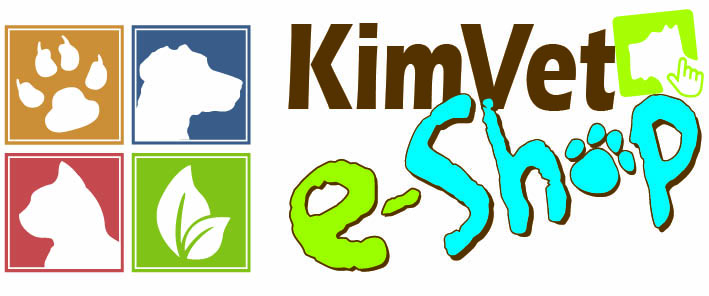by Rina Van Eeden | Jun 18, 2021 | Dogs
Service Dogs Of The World
Not many people know much about service dogs, let alone what it takes to raise the perfect pup for the job.
Now, we all know that dogs, well, most dogs, are very intelligent. But just how intelligent are they?
A service dog is the epitome of intelligent. Not only that, but they are incredibly disciplined and their loyalty towards their person in unwavering.
I think we all will be shocked to know that you get a vast variety of service dogs.
Types Of Service Dogs
Firstly, the most commonly known, the guide dog, these dogs help those who cannot see. Then you get a hearing dog, these dogs assist the deaf, and also the heroes who help people who are wheelchair bound.
On the other side of the spectrum, you get autism support dogs, you get emotional support dogs, and you get dogs who detect oncoming seizures.
You get those pups in the line of duty, Bomb sniffers, the dogs finding contraband and illegal substances, including rhino horn and pangolin scales!
Service Dog Etiquette
Something very important to remember when encountering a working dog, although very cool, they are still working professionals. The job they do is extremely important.
ALWAYS ASK BEFORE APPROACHING, CALLING OR PETTING ANY WORKING DOG.
Even the simplest distraction could have detrimental results.
Any and all professionally trained working dogs are exclusions to the “No Dogs Allowed” rule.
Denying access to any working dog is an act of discrimination and is against the constitution. There are legal repercussions to anyone denying access to a working dog.
The one and only place a working dog is not allowed, is in an ICU ward.
Puppy Training
Puppies start basic training at about 8 weeks old. They are trained in various disciplines from a very young age. There are different phases of the training process, so the pups will learn different and more difficult commands as they grow older.
Formal training starts at 16 months until about 2 years of age. That’s when they get paired with their new owner.
Of course, there are some puppies that aren’t going to be the perfect working dogs… But, don’t fear, the GDA has a special adoption system in place, their puppy raiser getting the obvious first choice.
While there are many different types of working dogs, the GDA mainly focuses on Guide Dogs, Service Dogs and Autism Support Dogs.
Raising a working dog is no easy feat and can cost thousands, depending on the individual needs of the puppy and relevant medical bills.
The puppies start off by being allocated to “Puppy Raisers”. At 8 weeks old they start basic training until about 16 months, thereafter formal training commences.
At about 2 years of age they are ready to be paired with their new owner.
Application Process
Any differently-abled person who would like to have a working dog must first apply online. The staff at the GDA will work through the application and list of requirements.
The right match is made by analyzing the individual needs of the requesting owner and the attributes of the dog.
After a successful match has been made, training with both the dog and owner commences.
The first phase of training is completed at the Guide Dogs Association of South Africa head office, after which the next phase of training is completed at and around the owner’s home.
Successful navigation is a mixture of vocal cues and basic knowledge of the surroundings on the part of both the owner and the guide dog.
The guide dog’s training techniques, which includes traffic management, will ensure safe arrival at the intended destination.
Retirement
Just like in any other career, working dogs also retire at a certain age.
Each dog is unique, so retirement can be anything between 8 – 12 years.
After a working dog has retired, they need to be re-homed. Their owners get obvious first choice in terms of adoption.
There is an adoption program for the adoption of retired working dogs, though. Any member of the public can adopt a dog after a vetting process has been completed.
The Guide Dogs Association
The Guide Dogs Association (GDA) follows a responsible breeding program. They use specially imported semen from the US which is in turn used to inseminate their carefully selected brood females.
This procedure is done at Onderstepoort.
To ensure the best possible working dog, mentally and physically, they do not accept any dogs as “donations” for breeding or training purposes. The dogs that form part of the breeding program, as well as all the pups from the litters, are screened for hip and elbow dysplasia and basic bodily functions.
How can you Help?
The GDA is not funded by the government. This means that they rely solely on donations and fundraising initiatives.
But the great news is, there are many different ways that we, as the public can support this incredibly important organization!
You can support their social events and competitions, you can have a look at their wish list to see what they need as donations and, of course, direct donations can be made, too.
They always need volunteers as well, like “Puppy Raisers”, to sponsor a working dog, walk the dogs in the kennels or weekend homers.
For more information on how to help the GDA, please visit the GDA website or contact them directly: https://guidedog.org.za/
Like this:
Like Loading...

by Rina Van Eeden | May 19, 2021 | Cats, Dogs
Dental disease is a reality. Keeping your pet’s teeth clean is important to their overall health. Imagine how your teeth would look and feel if you didn’t brush them for years, or even just a few weeks!
Ever since cats and dogs became domesticated, their natural source of “dental floss” and teeth cleaning has been mostly removed from their diet. Canned and dried foods, the nutritional replacement for your pet’s traditional diet, does not provide the same level of oral hygiene.
Dental Disease
Dental disease is an infection of the teeth, gums and surrounding structures. It is by far the most common major health problem of cats and dogs.
It starts with a build-up of plaque which eventually turns to tarter. This quickly forms small pockets where an animal’s gums meet its teeth. The gums can separate from the tooth and this allows more bacteria and food to accumulate. This build-up leads to periodontal disease. These pockets allow bacteria to enter the bloodstream. If left untreated, it will lead to more serious health problems like heart and kidney disease
Symptoms of Dental Disease
Symptoms of dental disease include bad breath, lethargy, inactivity or depression, poor grooming, excessive salivating, inflamed gums, decreased or loss of appetite and weight loss. Other issues include dropping food while eating, facial swelling, discharge from the nose or eyes and pawing at the face. Sometimes the teeth just become so rotten that they become loose and fall out on their own!
The key to managing dental disease is prevention. Regular oral examinations and dental cleanings are recommended for all adult dogs and cats.
Daily tooth brushing is the best way to slow the onset of dental problems. Feeding dry dental diets or dental chews may slow down the development of recurrent periodontal disease, but it will not completely prevent it. Daily use of products like oral gels and rinses may aid in keeping your pet’s teeth and gums clean and healthy.
For more information on brushing your pet’s teeth, talk to one of our stellar veterinarians or reception staff about developing a dental care plan for your furry friend.
Like this:
Like Loading...

by Rina Van Eeden | May 13, 2021 | Dogs
Feeding the right puppy food is super important!
Puppies are usually weaned when they are about 6-8 weeks old. The goal of feeding growing puppies is to lay the foundation for a healthy adulthood. Proper nutrition is needed to achieve healthy growth (neither too rapid nor too slow), optimise immune function, minimise potential for obesity and avoid developmental orthopaedic disease.
Why We Need To Feed Them The Right Puppy Food
Puppies grow quickly. Growth rates for puppies vary by breed. Small and medium breeds mature to adulthood by the time they are 10-12 months of age, and 18-24 months for large and giant breeds. Growth involves a complex process of interactions among genetics, nutrition and environment. Proper nutrition is critical to the health and development of puppies, regardless of breed. There is a massive difference between small, medium and large breed puppy food. It is of the utmost importance that large breed puppies are on a large breed puppy diet! The breed of the dog will be indicated on the packaging. The exact amount that needs to be fed daily will also be specified on the packaging. Be sure to follow those guidelines so you won’t over- or underfeed your pup.
An optimal growth rate in puppies is ideal. It is a slow and steady growth rate that allows the puppy to achieve an ideal optimal adult body condition while avoiding excessive weight.
Nutrient Comparison
Growing puppies need higher amounts of all nutrients in comparison to adult dogs, but excess energy and calcium can create serious problems. In small to medium breeds, excess energy can lead to obesity. In large and giant breeds, excess energy and calcium can also lead to abnormal skeletal development.
Optimal feeding must begin during the weaning stage and continue through to adulthood and old age.
Poor nutrition can have life-long repercussions, setting the stage for many complications and diseases. These include hypertension, heart disease, diabetes mellitus, osteoarthritis, heat intolerance and decreased immune function.
Free-choice feeding increases the risks for higher levels of body fat, leading to obesity, and, especially in large breed puppies, skeletal abnormalities. Puppies grow rapidly and should be fed measured amounts at regular feeding times, generally 3-4 times per day, based on their body condition and age.
Your puppy’s weight, body condition and growth rate should be regularly assessed. With planning and attention to detail, you can lay the foundation for your puppy’s optimal health and longevity.
Like this:
Like Loading...

by Rina Van Eeden | May 4, 2021 | Cats
Did you know that cats need monthly internal and external parasite control, just like dogs?
This is Peggy, she was recently diagnosed with Babesia felis. This is an extremely rare find, especially in our part of the country!
Peggy was brought to our practice for a routine sterilisation. Upon checking our standard “pre-surgery” blood smear, we found some very shady looking red blood cells.
Having our suspicions of what may be the matter with Peggy, we sent blood smears away to the laboratory for further testing. Low and behold, Babesia!
The kicker? Peggy appeared perfectly healthy during the months before and the morning of her spay! Cats are masters at hiding their pain and illness. That is one of the reasons it is so important to bring your cat in for annual check-ups and to stay up to date with their vaccinations, deworming and external parasite control.
Babesiosis is a disease that is transmitted by ticks. It is caused by a parasite which infects red blood cells. It affects a wide range of domestic and wild animals, and occasionally even humans!
Controlling exposure to ticks will help keep your cat healthy and safe, by preventing diseases like babesia and many others that are also caused by internal and external parasites.
There are some great feline specific products available like Broadline, Frontline, Bravecto and Revolution. DO NOT USE ANY DOG PRODUCTS ON CATS!
Be sure to stop by and get some spot-on feline specific advice from one of our friendly receptionists.
For more information about babesiosis in cats, please visit the trusted petMD website – https://www.petmd.com/cat/conditions/infectious-parasitic/c_ct_babesiosis
Like this:
Like Loading...

by Rina Van Eeden | May 4, 2021 | Animal Behaviour, Cats
The thought of tired whiskers may sound silly, but whisker fatigue can be a huge problem for your cat.
Most pet owners see their cat’s whiskers as simply a part of the body. Much like hair!
How Do Whiskers Work?
However, your cat’s whiskers are much more complex. Whiskers, which are called vibrissa, are coarse touch receptors that go far deeper under the skin. They eventually connect with the nervous system. Movement and touch affect the whiskers and send signals to their brain and sensory system. They act like antennas that constantly collect important information about your cat’s environment.
So, what is whisker fatigue? In basic terms, whisker fatigue is simply over-stimulation of the sensory system of the whiskers. When the whiskers are touched too much, even just the basic brushing against food and water bowls, your cat’s brain gets an overload of sensory information. This overwhelming stimulation can make your cat feel stressed. Some of the most common symptoms include refusal to eat or drink from their usual bowls, pacing in front of food bowls and meowing incessantly, pawing at food and water and acting more aggressive around food or treats.
Thankfully, correcting problems associated with whisker fatigue is quite simple. Manufacturers have started producing food bowls that are designed to be whisker-friendly. These dishes have a wider opening and are more shallow than regular food dishes, so your cat’s whiskers do not brush against the sides of the bowl. If you cannot find whisker-friendly pet dishes, feeding your cat in a shallow dish with low sides. These could be plates or saucers, will have the same effect.
In most cases, simple adjustments to how you feed your cat and the dish you use to do so will get rid of any symptoms of whisker fatigue and allow your cat to eat and drink happily.
Like this:
Like Loading...





